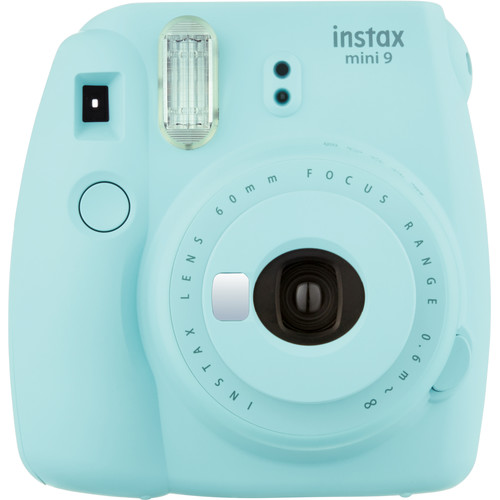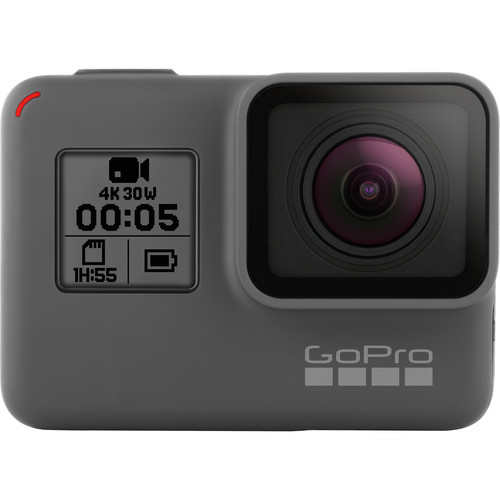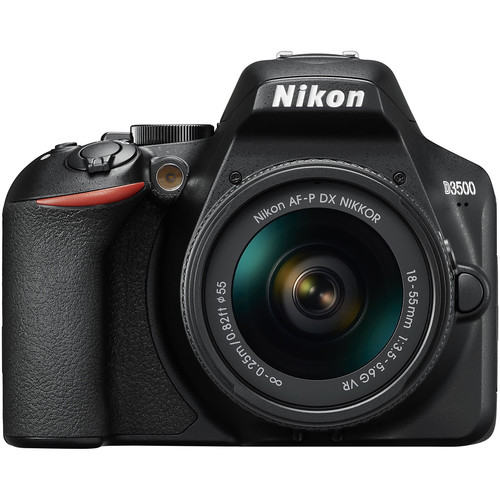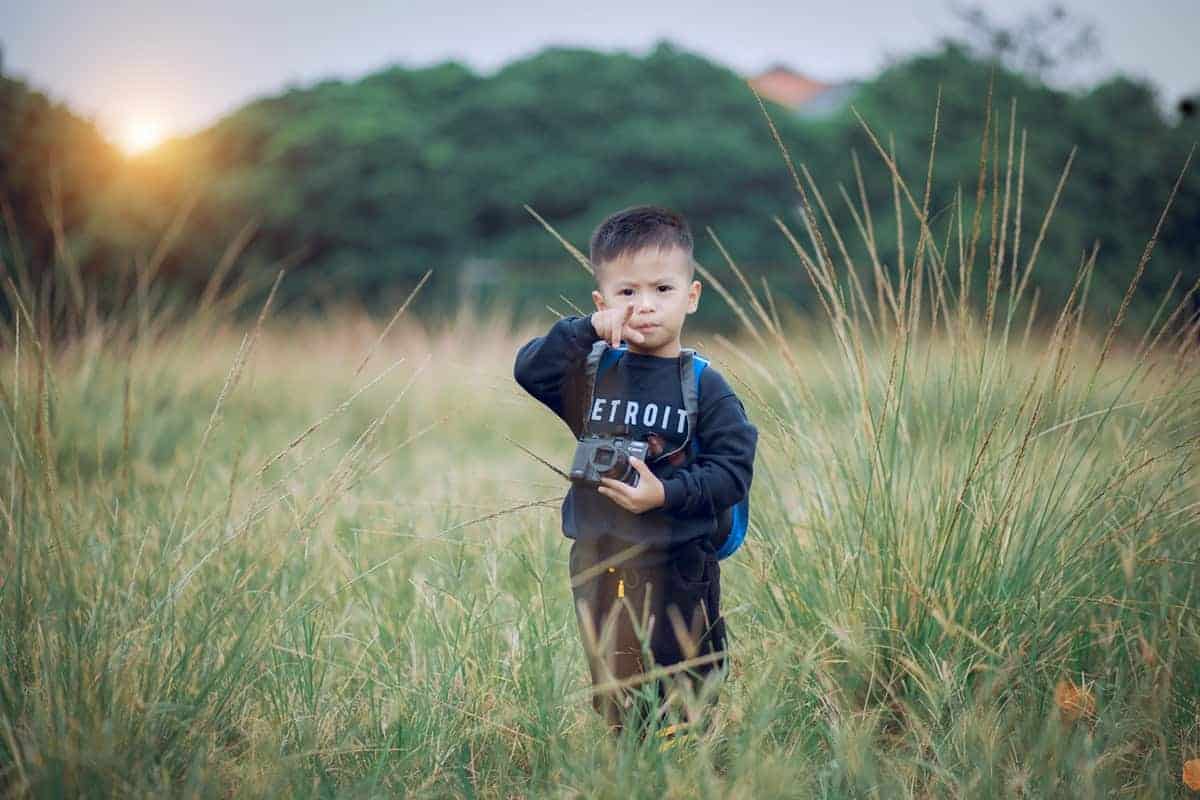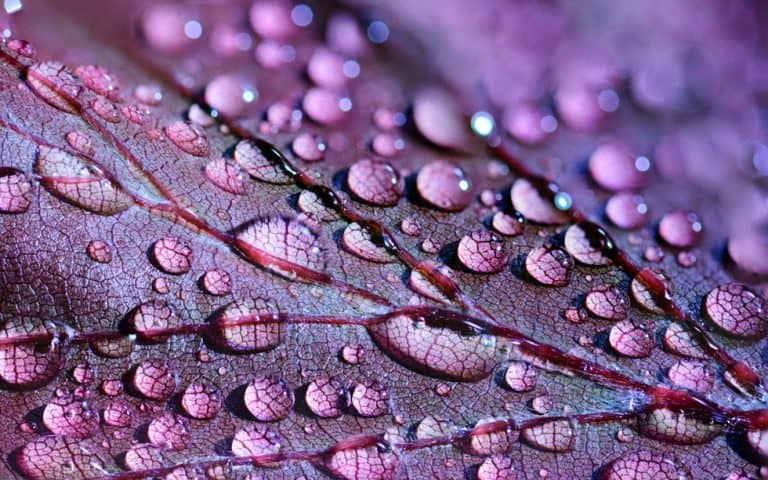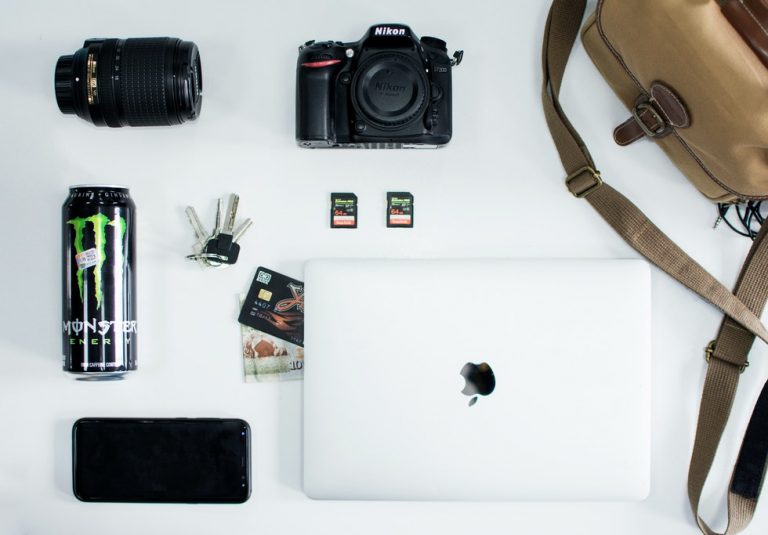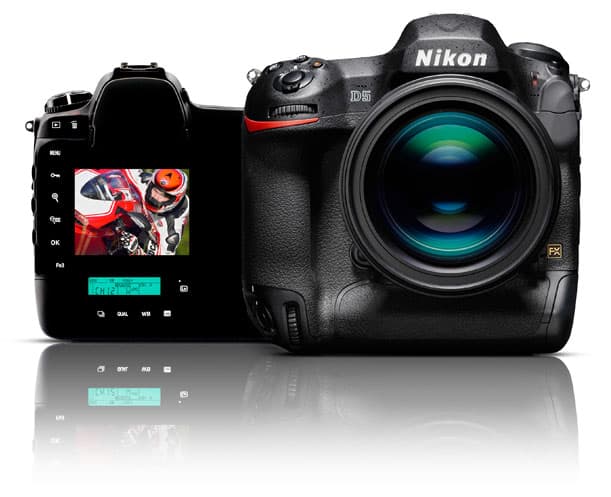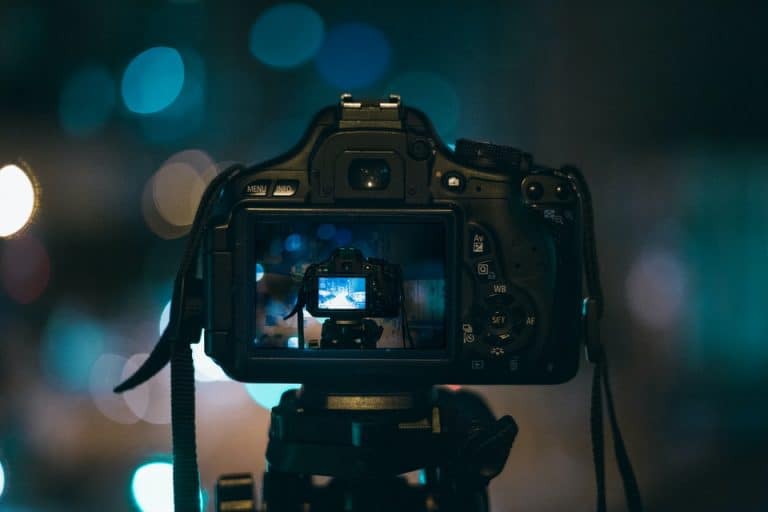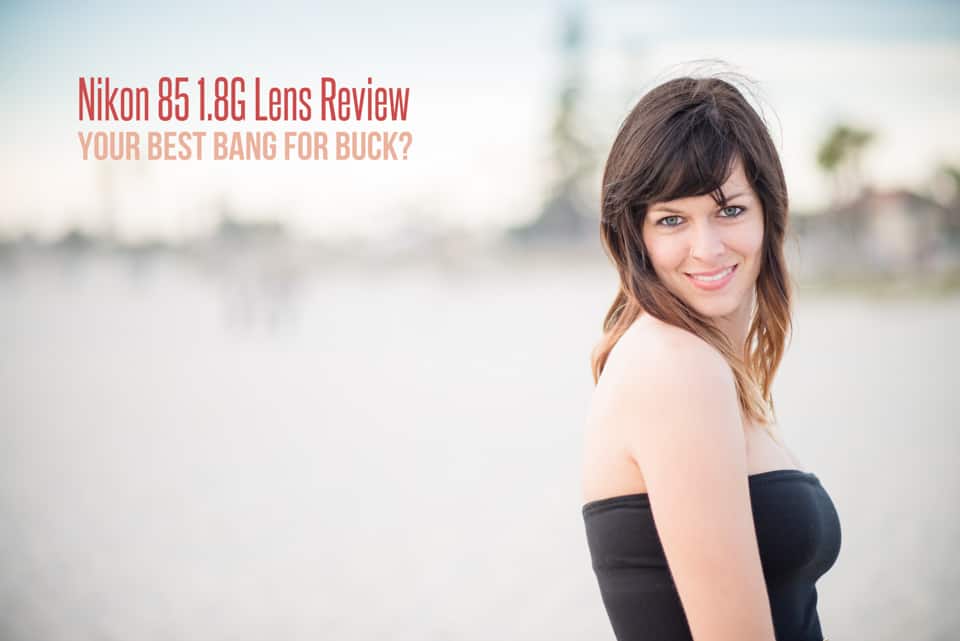Outfit your favorite shutterbug with one of these best kids cameras!
Do you have a budding photographer in your ranks? It’s never too early for kids to fall in love with photography. But what are the best kids cameras available right now? Should you get something simple? Something a young photographer can grow into? Something durable? The options are overwhelming.
Here are some great options available right now, broken down by age and best use!
What is a good camera for a child age 3 to 7?
My recommendation: VTech Kidizoom Duo Camera
Toddlers, preschoolers and even early elementary students will love this fun and durable camera. This is a real, working digital camera, but it’s operation is simple enough for even young photographers, making it my top pick for the best kids cameras of this age group. We have the previous version of this camera and have given the [amazon link=”B07CTSLL7J” title=”VTech Kidizoom Duo Camera” /] as a gift to friends and family with great results.
What I love about this camera:
- The VTech Kidizoom Duo camera is rugged enough to take some abuse. The housing is made of durable plastic with rubber bumpers. Ours has withstood drops and dings, field trips, birthday parties, and a few camping trips.
- This camera is made for little hands. The ends of the camera are designed with built-in grips making it super easy for little fingers to hold with one or two hands. There’s also a wrist strap to prevent accidental drops.
- The camera has dual view-finders for the smallest photographers who haven’t yet mastered closing or looking out of a single eye.
- The VTech Kidizoom Duo has some really fun features kids will love. At this age, photography should be less about proper exposure and more about fun. Kids can take pictures, record movies and enhance their captures with frames, stamps and fun effects. My kiddo loved making customized frames for her images!
- The camera offers expandable storage. There is 256 MB of shared memory available, but you can add a microSD card for more storage. More memory means less time spent by parents erasing memory!
- Rear-facing camera for selfies. This is an option our Kidizoom camera doesn’t offer, but one my daughter loves when she’s playing with her friend’s cameras. The kids love to take selfies with each other!
What I would change:
- The VTech Kidizoom Duo comes with a number of built-in games. For some, that may be a great feature. I hate them. I wanted my kiddo to have a camera, not video games. Whenever my daughter and her friends would use her camera, it wasn’t long before a fun photo session turned into arguing about the games. The Kidizoom Duo does have parental controls to limit the time spent playing games. But it’s a feature I would rather have completely removed.
- Image quality is poor. The front camera maxes out at 2MP and the rear camera is only 640-480 pixels. Not exactly the stuff made for making large prints. If your young photographer wanst to print their images, especially anything of any size, this camera definitely falls short. I’ve found for this age group, though, it’s more about the act of taking pictures and mimicking mom or dad than it is getting prints made or blowing them up.
- No rechargeable batteries. You cannot charge the camera. Instead, you have to replace the four AA batteries. I find the battery life to be pretty good, but wish there was a rechargeable option.
Bottom line:
If you have a young photographer that likes taking pictures or videos but doesn’t need much in the way of editing or printing options, this is one of the most durable and best kids cameras around!
[amazon box=”B07CTSLL7J” template=”horizontal”]
What is the best instant camera for kids?
My pick: Fujifilm Instax Mini 9 Instant Camera
Are you old enough to remember the Outkast song lyric “Shake it like a Poloroid picture?” Well, I’m actually old enough to remember the lyric AND shaking the Polaroid pictures. I loved the instant fun of our family’s Polaroid. So will your kids with an updated version of an old classic, the [amazon link=”B07ZTDYQBL” title=”Fujifilm Instax Mini 9 Instant Camera” /]. I think this is one of the best kids cameras around for mid-elementary to teenagers because of it!
What I love about this camera:
- This camera is instant fun. There really is something fun about having prints you can see and hold in your hand right after you shoot them. The prints are easy to store and you can use them in lots of different ways. No additional printing costs or wait times required!
- Simple to use. The camera is easy to use and offers a little customization of your settings for the lighting. Turn the dial to the camera’s recommended settings or use your own judgment for a different look.
- Print quality is actually pretty good. No, these aren’t archival prints shot with a full frame camera. But they aren’t horrible. The Fujifilm Instax Mini 9 prints are great for scrapbooking or as an inexpensive souvenir for parties, trips or get-togethers! I’ve shot several weddings where the bride had them on tables for guests to use. Everyone loved them and loved adding them to a poster at the front of the room for a custom-made wedding guest book!
- Fun colors. With 5 colors to choose from, it’s easy to personalize it as a gift. The sticker packs you purchase separately are also a lot of fun.
- No rechargeable batteries! Throw this camera in a backpack for a few days away from home and take pictures without worrying about your batteries dying from too much use. Kids run out of film before they ever kill the batteries in my experience.
What I’d change:
- The cost of the film isn’t cheap. The cheapest I’ve found Fujifilm is about $30 for 60 total pictures, making it $.50 a print. If your kids aren’t very discriminatory in their shooting, they’ll go through all the film before you can even throw the packaging away. That’s one of the reasons why I recommend this for a little bit older age group, lest you go broken keeping your budding artist in film.
- The selfie mirror doesn’t work very well. It sounds like a really great feature, but I found it to be hit or miss. Mostly miss, especially with younger users.
- The clip-on macro adapter is really easy to lose. It’s a cool feature but is easily lost by younger photographers. Without it, the minimum focusing distance is about 2 feet.
- The Fujifilm Instax Mini 9 is uncomfortable and a bit awkward to hold in vertical orientation.
- No video options.
Bottom line:
This camera has pretty limited options, making it a bit of a one-hit wonder. A really fun, really cool wonder, but still…if you want instant prints and instant fun it can’t be beat as one of the best kids cameras. If you want video, high quality prints or customized settings, you’ll need to look a little further down our list.
[amazon box=”B07ZTDYQBL” template=”horizontal”]
What is the best adventure camera for kids?
My pick: GoPro Hero 5, 6 or 7 Black
The GoPro Hero Black series makes a great adventure camera for a young photographer. We own the GoPro Hero 5 Black, but it’s been replaced by the 6 and [amazon link=”B07KRPBCZX” title=”GoPro Hero 7 Black” /] version. Choose the version that best fits your budget. This camera is rugged, waterproof and has great picture quality, and combines stills, video and time-lapse photography all in one go anywhere unit. Kids of all ages will love the versatility of it. I’ll review the Hero 5 Black here, but you can extrapolate this information for all three versions and pick your version of the best kids cameras.
What I love about this camera:
- This camera is just plain fun. Fun to shoot pictures with, fun to shoot videos with. Throw in a cheap accessory pack and you are only limited by your imagination in where and how you rig this up! It definitely gets the creative juices flowing in kids.
- Unlike previous GoPro versions, the GoPro Hero 5 Black is waterproof – no need for a separate housing unless you are taking it below 33 feet. I’ve used ours in the swimming pool, at the lake and dunked it in the river trying to take fish pictures. I love that we can actually shoot with it underwater, but also that we can pack it around and not worry about getting it wet.
- Touch screen LCD panel. It makes it so much easier to change modes and settings and is handy to review images. It does get a little testy if wet, though, so configure your settings before dunking it in the drink!
- Small footprint. The GoPro Hero 5 Black is smaller than a sticky note and is easily thrown into a child’s pack. The size makes it easier for small hands to hold for longer periods of time. I think the kids are also less obtrusive running around with one of these versus a larger DLSR, for example.
- Voice controls make it easy for kids to control once they learn the commands.
- Quality images and video. Pictures from the GoPro are definitely frame-worthy!
- The image stabilization works pretty well, even if it does eat up your battery!
What I’d change:
- Battery life isn’t all that great. Our family can get about 40 minutes of solid filming out of this camera before the battery craters on it. We bought extra batteries to keep in the case so the fun doesn’t end before the video “projects”
- The menu system isn’t very intuitive. It took me forever how to figure out how to format the memory card and how to change some other settings.
- The touch screen can be unresponsive sometimes, making it frustrating if you’re trying to change settings quickly.
- There isn’t a great deal of control over your settings, so if you want precise control on shutter speed, aperture or ISO, you’d need to invest in a different camera.
I really can’t find much to complain about with the GoPro lineup, other than battery life. The portability, size and image quality makes this a winner. If you have a young photographer/adventurer, this rugged little camera is will give them hours of entertainment. If you have a budding videographer, they’ll love it too. And it’s a great family camera because of its versatility. Because it does require some deftness and the ability to read menus, it’s probably for older elementary kids and up.
[amazon box=”B07KRPBCZX” template=”horizontal”]
What is the best point-and-shoot camera for kids?
My pick: Canon PowerShot IXUS 185 / Elph 190, or just about any camera by Nikon, Canon, Sony, Olympus or Fuji that meets your needs and budget.
If your kid needs something that offers a bigger zoom or more control than an introductory camera or adventure camera, a point-and-shoot is the next logical step. These small-but-mighty cameras pack a pretty big punch, with many offering 20+ MP, video, and up to 10x optical zoom.
The [amazon link=”B00OA1AAB4″ title=”Canon Elph 190″ /] is a camera that’s gotten lots of accolades and has some great features. But there area lot of great point-and-shoot cameras out there, so find one that fits your budget and offers the features you think you’d use the most. A word of advice though…stick with the major camera manufacturers. Companies like Nikon, Canon, Sony, Olympus and Fuji have been in the camera business for sometime now and put out great products. You can find really cheap digital cameras, but those aren’t usually built to last and won’t hold up. Don’t waste your money on a cheap camera that won’t work in a few months or can’t deliver when it comes to image quality. Spend a little more and stick with the pros of cameras and film.
What I love about point-and-shoot cameras:
- Great image quality in a very small footprint. Point-and-shoot cameras are easy to tuck in a pocket or pack for a day on the go. And the quality of the prints is pretty spectacular!
- Easy to use. Literally, these cameras are point and shoot.
- Zoom capabilities. Your child can cover a lot of different focal lengths with a single camera. One camera offers
- Usually, a better sensor and zoom and more features than a phone camera, plus your child won’t overload her phone with hundreds of photos.
- A great option for images for a child that doesn’t yet have a phone of their own!
What I’d change about point-and-shoot cameras:
- Small LCD screens, especially if you’re used to a phone camera. Many don’t offer touch screens, requiring users to use a scroll wheel or toggle switch to change settings.
- Sluggish for capturing action photos
- Difficult to shoot in manual mode, if you have a serious young photographer working on his skills. Some point-and-shoots can’t shoot in manual mode at all.
- There’s a huge discrepancy in features offered between models making it hard to decide what brand/model to pick.
[amazon box=”B00OA1AAB4″ template=”horizontal”]
What is the best DSLR camera for kids?
My pick: Nikon D3500 or Canon EOS Rebel T7i
Making the leap to a full-on DSLR isn’t cheap. But if your young photographer is serious about their work and is ready to start taking control of their images, an entry-level DSLR is a great idea. These cameras produce great images and have enough features to keep pace with most young photographers. For cheaper alternatives, check out the older models of these cameras – you’ll get most of the same features for a greater value.
More on the best Nikon cameras – click here!
What I love about these cameras:
- The [amazon link=”B07GWKDLGT” title=”Nikon D3500″ /] and [amazon link=”B01MSJJIOY” title=”Canon EOS Rebel T7i” /] are entry level cameras but the images are still outstanding. With 24+ MP, these cameras shoot some seriously beautiful images that you can print, blow up and feel good about.
- Interchangeable lenses offer more versatility and flexibility.
- The camera can grow with the photographer. Beginners can focus on composition and lighting using Auto mode. Intermediate users can start to make use of their technical skills with the other modes like portrait, landscape and sports. Advanced users can switch it to manual and take full control of their shooting (albeit, the controls are not as intuitive or easy to use as other cameras).
- These cameras handle almost as well as my full-frame, professional level camera does. They have great auto-focus, low light and high-speed capabilities.
[amazon box=”B07GWKDLGT” template=”horizontal”]
What I’d change:
- The build quality on these cameras isn’t exactly rugged. Most of the parts and pieces are plastic and they aren’t something you can beat and abuse.
- DSLR cameras and their accompanying lenses and equipment isn’t cheap.
If mirrorless is preferred, look at the Olympus OM-D E-M10 Mark III. It’s more expensive than these two, but is an amazing mirrorless option for young and old photographers alike.
These are serious cameras that shoot serious images. They are too complicated for preschoolers or early elementary students, but are easy enough to understand for those 8 and up. And they pack enough features that they will keep pace with the growing skill level of most kid photographers. If your son, daughter or favorite kid is really showing an interest in photography and wants to move beyond point-and-shoot, these two cameras are the way to go!
[amazon box=”B01MSJJIOY” template=”horizontal”]
Want an overview of photography for beginners? We have you covered!
What is the best camera for a teenager?
The best camera for a teenager is one they’ll use. I don’t say that to be tongue-in-cheek, but to be honest. Unless they are really into photography, most teens prefer the ease and accessibility of the camera on their smartphone.
Visit with the teen in your life about what they’d like a camera and what they might use it for. Discuss what their priorities are…instant prints, video, battery life or telephoto reach. Use those wants to find a camera that they’ll love and use instead of wasting your money on something that will get tossed in a drawer after a few weeks.
Forget the camera, let’s talk apps! Read about Instagram Photography Apps here!
Other thoughts on the best kids’ camera
Sometimes, the best kids camera is one you already own. Before you start browsing Amazon or hit your local BestBuy, see what you already have to use at home. You might have the perfect first camera lying in a junk drawer somewhere!
An old smartphone or your old point-and-shoot can make a great first camera for a kiddo.
They are intuitive, light weight and unless they are really old phones, take great pictures and video! Even if the phone isn’t activated, the camera still works. Clean off all the unneeded apps and let your child enjoy having a phone like mom or dad. If you don’t have an old phone lying around, ask friends and family…chances are someone you know has a smartphone, digital point-and-shoot or iPod touch they aren’t using anymore they’d be happy to donate to the cause.
Don’t be afraid to give a used camera.
Photography might be your son or daughter’s absolute passion right now, but that could change in a few weeks. Buying a used or refurbished camera is a great option to get them a camera that fits your budget. Look online at stores like B&H Photo or Adorama, scour local thrift stores or search Facebook buy and sell groups. Ebay is another great option. If you’re willing to buy used, you can find a great camera with lots of features for half what you’d pay new! Use your savings to add a used lens or gift a photography class, book or course as well.
Don’t overbuy.
I have a lot of parents ask me about kids’ cameras and they almost always overbuy. They’ll tell me “I want something that’s going to last him!” or “I don’t want her to outgrow it too quickly,” and then they’ll spend almost double on a model that is more camera than their child or student needs.
Don’t pay more money for features, lenses and gear they’ll never use. Start slow. The two DSLR cameras I mentioned above will meet the needs of just about any beginning or amateur photographer. If your child really dives deep into photography and her talent outgrows the camera in a few years, sell the entry-level version and help them upgrade to something more. By that time, your child will know what they want and need out of their next camera and can make the decision better than you can!
If, on the other hand, photography is something they dabble in for a bit or only casually, you’ve haven’t spent an entire paycheck outfitting them with gear.
Putting a bow on it
Photography and videography is a great hobby, past time and profession. It sparks creativity, teaches artistic concepts and helps kids form connections between people, places and activities. It can also teach kids to view the world in a different way, both literally and figuratively.
Encourage your child’s or student’s passion for photography, but don’t go overboard, or over budget, on the gear. If he or she really falls in love with it, there will be plenty of time to upgrade cameras and equipment down the road.


